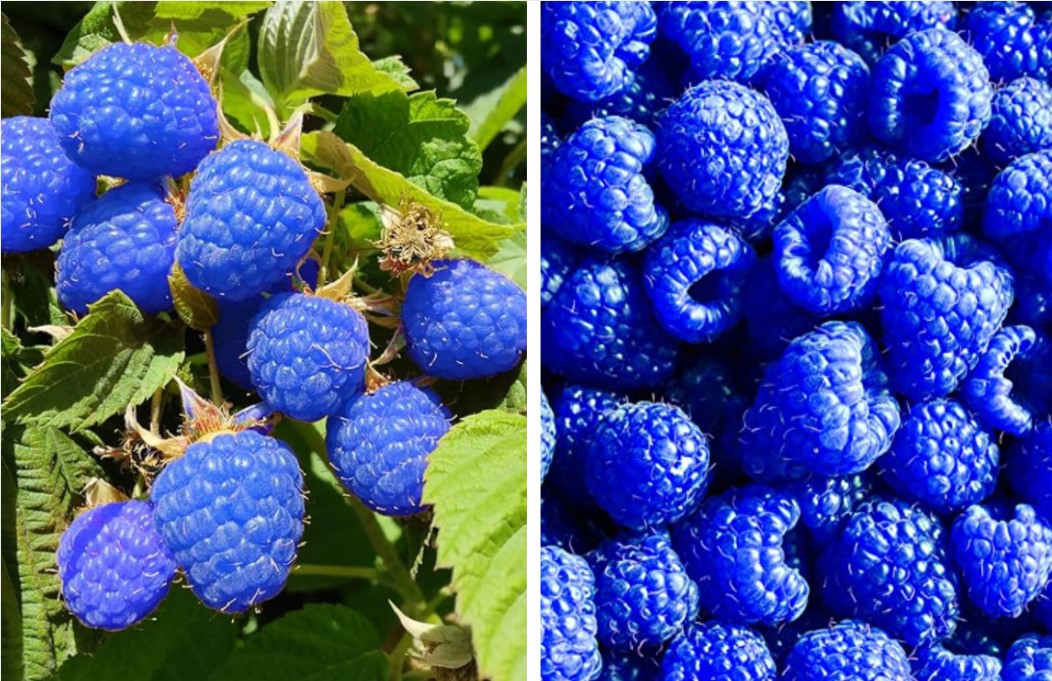What is Pistachio Tree? All About Pistachio Nuts and Their Origins
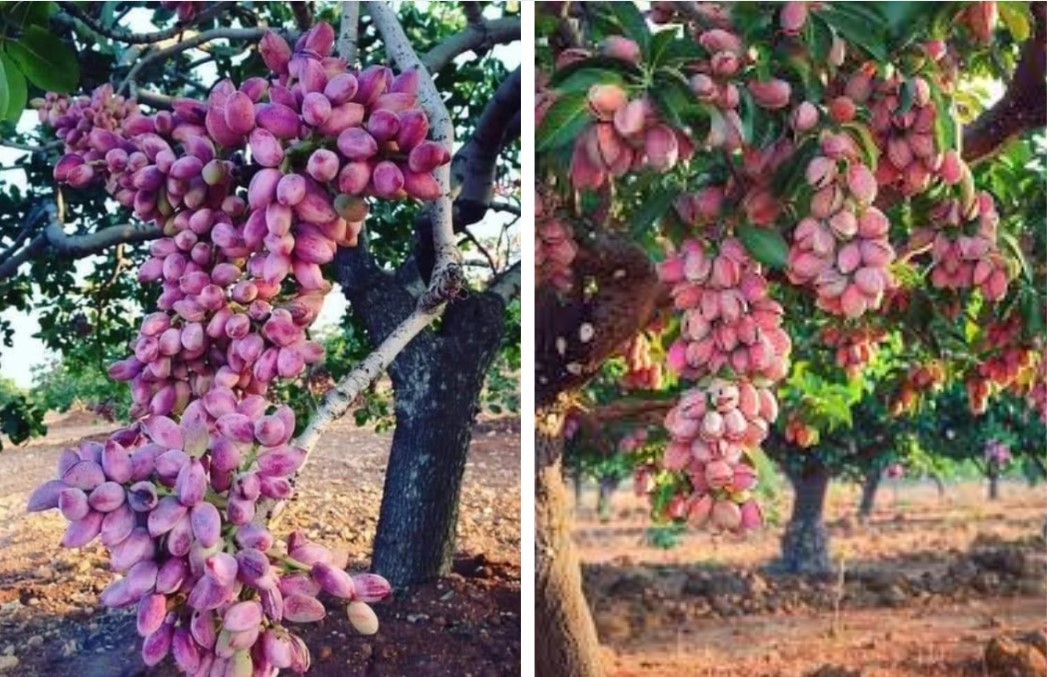
The pistachio tree, scientifically known as Pistacia vera, is a fascinating plant that has been cultivated for thousands of years for its delicious and nutrient-rich nuts. Native to regions with arid climates, the pistachio tree thrives in places like the Middle East, the Mediterranean, and parts of the United States. Its nuts, often referred to as “green gold,” are prized for their flavor, versatility, and health benefits. In this article, we’ll explore the history, growth, and significance of the pistachio tree and its beloved nuts.
What is a Pistachio Tree?
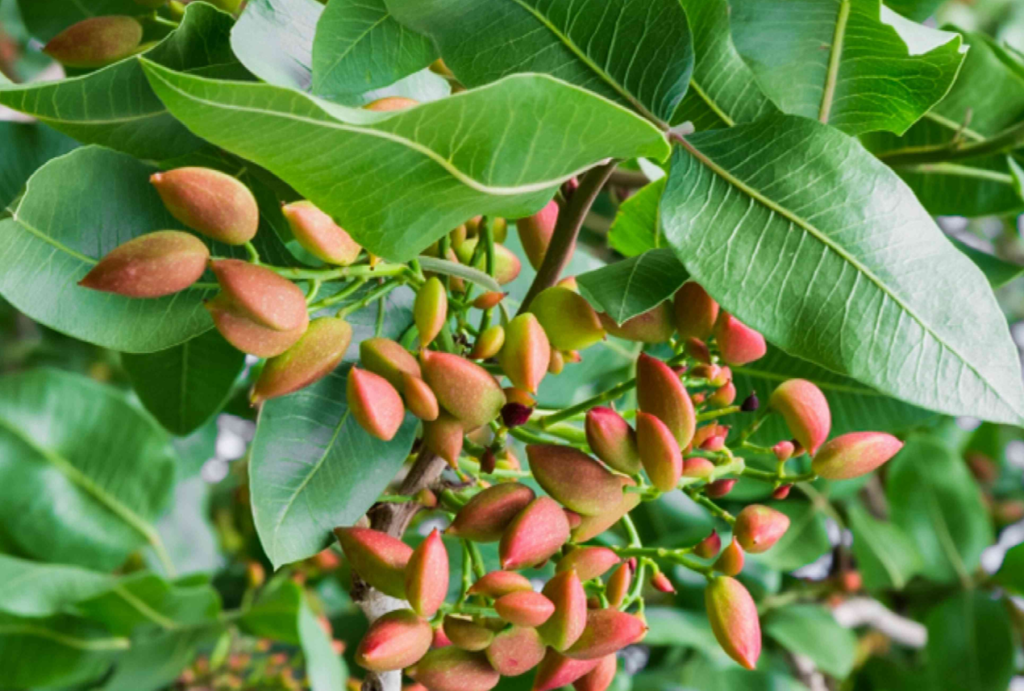
The pistachio tree is a small to medium-sized tree that belongs to the cashew family (Anacardiaceae). Known for its resilience, the pistachio tree thrives in hot, dry climates and can withstand harsh environmental conditions. Its leaves are leathery and its fruits, the pistachio nuts, are encased in a hard shell with a unique natural split, making them easy to crack open.
These trees are dioecious, meaning they have separate male and female plants, and both are required for pollination and nut production. The pistachio tree’s long lifespan—often exceeding 100 years—ensures that it can produce nuts for generations, making it a valuable crop in many countries.
History and Origins of Pistachio Nuts
Pistachios have a rich history that dates back over 9,000 years. Originally native to Central Asia and the Middle East, pistachios were cultivated by ancient civilizations such as the Persians and Babylonians. These nuts were considered a delicacy and were often reserved for royalty and the wealthy.
Pistachios eventually spread to Europe through trade routes, gaining popularity in Mediterranean countries. By the 20th century, pistachio cultivation had expanded to the United States, particularly in California, which is now one of the largest producers of pistachios in the world.
How Pistachios Are Grown
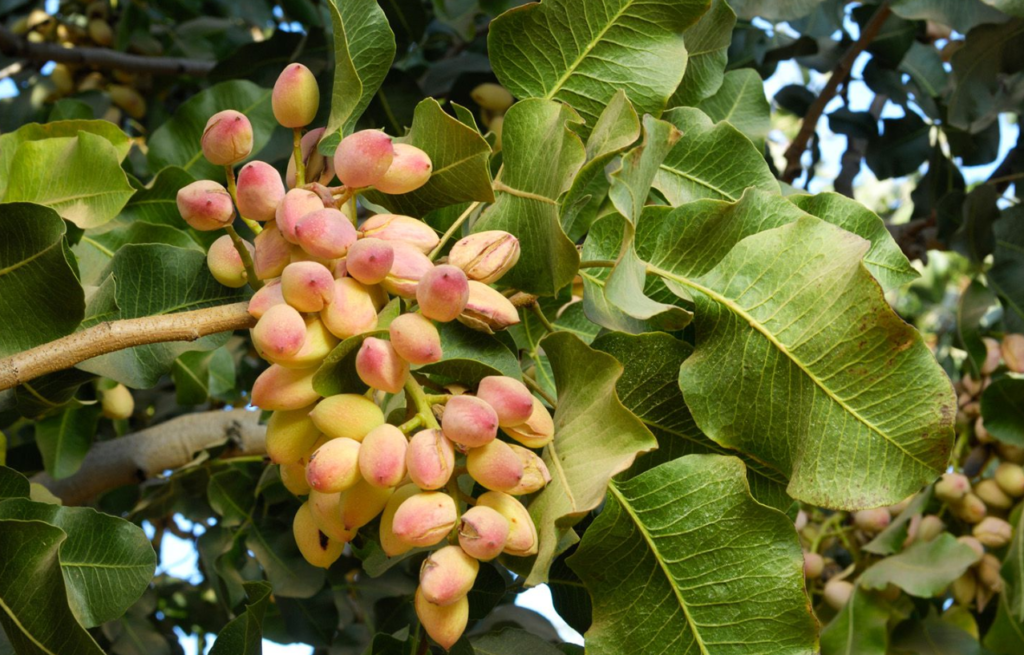
The cultivation of the pistachio tree requires patience and specific conditions. The trees thrive in regions with hot summers and cool winters, as they need both heat to produce nuts and a period of dormancy to grow properly.
Pistachio trees take about 7–10 years to begin producing nuts and reach full production at around 15–20 years. The nuts grow in clusters, and their ripening is marked by the splitting of their outer shells. Once ripe, the nuts are harvested using mechanical shakers that gently remove them from the branches.
Nutritional Profile of Pistachio Nuts
Pistachios are often called a nutritional powerhouse, packed with essential nutrients that benefit overall health. Here are some of their key nutrients:
- Protein: A great source of plant-based protein, ideal for vegetarians and vegans.
- Healthy Fats: Rich in monounsaturated and polyunsaturated fats that support heart health.
- Vitamins and Minerals: Contain vitamins B6, E, and K, along with potassium, magnesium, and phosphorus.
- Fiber: Promotes healthy digestion and gut health.
A handful of pistachios provides a satisfying snack that’s both delicious and nutritious.
Health Benefits of Pistachios
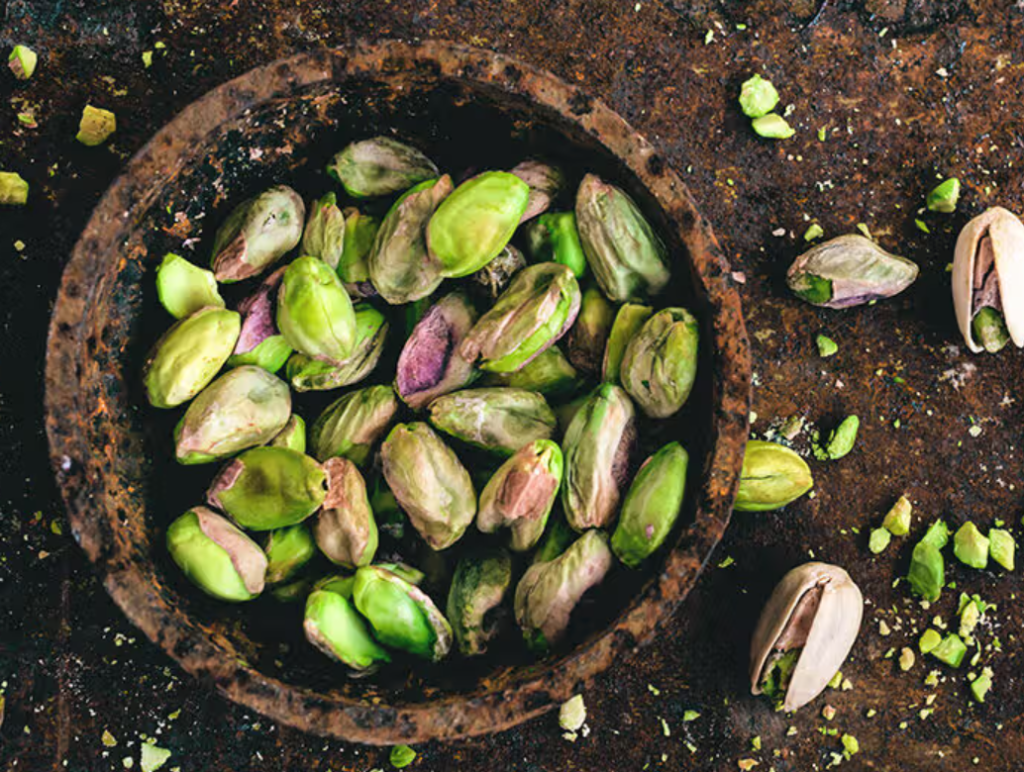
Eating pistachios regularly can have a wide range of health benefits:
- Supports Heart Health: The healthy fats in pistachios help lower bad cholesterol levels and improve heart function.
- Aids Weight Management: Despite being calorie-dense, pistachios are filling and can help control appetite.
- Boosts Antioxidant Levels: Rich in antioxidants like lutein and zeaxanthin, pistachios support eye health and reduce inflammation.
- Improves Skin and Hair Health: The vitamin E in pistachios promotes glowing skin and healthy hair.
- Enhances Digestion: Pistachios’ fiber content supports a healthy gut microbiome.
Popular Uses of Pistachios
Pistachios are incredibly versatile and used in a variety of culinary applications:
- Snacking: Enjoyed raw or roasted as a healthy snack.
- Desserts: A key ingredient in baklava, pistachio ice cream, and cookies.
- Savory Dishes: Used in sauces, salads, and as a crust for meat and fish.
- Cultural Celebrations: Often exchanged as gifts during festivals in countries like Iran and India.
Their unique flavor and vibrant green color make them a favorite in kitchens worldwide.
Pistachio Farming and Harvesting
Harvesting pistachios is a meticulous process that ensures the highest quality nuts:
- Harvest Timing: Late summer to early fall is the ideal time for harvesting pistachios.
- Shaking Method: Mechanical shakers gently dislodge the nuts from the trees.
- Processing: The nuts are hulled, washed, and dried to preserve their flavor and freshness.
Proper storage after harvesting is crucial to maintaining the nuts’ quality and preventing spoilage.
Where Pistachios Are Grown
The world’s top pistachio-producing countries include:
- Iran: Historically the largest producer, known for its premium-quality pistachios.
- United States: California accounts for over 90% of U.S. pistachio production.
- Turkey: Renowned for its flavorful pistachios used in traditional Turkish desserts.
These regions’ climates and agricultural expertise make them ideal for cultivating pistachio trees.
Environmental Impact of Pistachio Farming
Pistachio farming is generally considered sustainable, but it does require significant water resources. However, advancements in water-efficient irrigation systems are helping reduce the environmental footprint.
Additionally, pistachio trees are hardy and can thrive in poor soil conditions, making them a valuable crop for arid regions. Efforts to adopt eco-friendly practices are further ensuring the sustainability of pistachio farming.
Pistachio Nuts in Culture and History
Pistachios have long been a symbol of health, wealth, and prosperity in many cultures. In ancient Persia, they were considered a luxury item, often included in royal banquets.
In modern times, pistachios are still celebrated during festivals and holidays, such as Nowruz (Persian New Year) and Diwali (Indian Festival of Lights). Their cultural significance and rich history add to their charm and appeal.
Challenges in Pistachio Farming
Despite their resilience, pistachio trees face challenges such as:
- Pests and Diseases: Fungal infections and pests like navel orangeworm can affect yields.
- Climate Change: Unpredictable weather patterns impact tree health and nut production.
- Water Scarcity: Pistachio farming in arid regions relies heavily on efficient irrigation methods.
Innovations in agriculture, including pest control and drought-resistant varieties, are helping farmers overcome these challenges.
The Future of Pistachios
The future of pistachio farming looks promising, with growing demand in health-conscious markets. Researchers are developing new pistachio varieties that are more resistant to pests and require less water, ensuring sustainable production.
As consumers continue to prioritize healthy and eco-friendly foods, pistachios are likely to remain a staple in global cuisine.
Conclusion
The pistachio tree is more than just a source of delicious nuts—it’s a symbol of resilience, sustainability, and cultural significance. From its ancient origins in the Middle East to its global popularity today, the pistachio tree and its nuts have made an indelible mark on history, health, and cuisine.
Whether you enjoy pistachios as a snack, an ingredient, or a cultural delicacy, they represent a perfect blend of flavor, nutrition, and tradition. With sustainable practices and innovative farming methods, the future of pistachios is as bright as their vibrant green kernels.
FAQs About Pistachio Tree
What is a pistachio tree?
The pistachio tree (Pistacia vera) is a small, resilient tree native to the Middle East and Central Asia, known for producing nutrient-rich pistachio nuts.
How long does it take for a pistachio tree to produce nuts?
Pistachio trees begin producing nuts after 7–10 years and reach full production around 15–20 years. They can live and produce for over 100 years.
Where are pistachio trees commonly grown?
Pistachio trees thrive in hot, dry climates and are primarily grown in Iran, the United States (California), and Turkey.
What are the health benefits of pistachios?
Pistachios are rich in protein, healthy fats, antioxidants, and fiber, supporting heart health, digestion, weight management, and glowing skin.
Are pistachio trees environmentally sustainable?
Pistachio trees are hardy and suitable for arid climates, but water-efficient farming practices are essential to minimize their environmental impact.
For More Info Visit: The Hollywood Reporters

